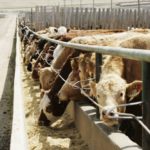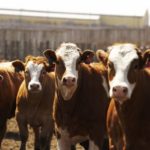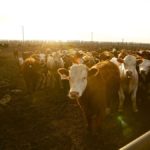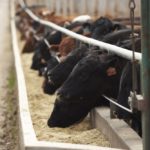Chicago | Reuters — Ranchers drove 7.3 per cent more cattle into U.S. feedlots in February than a year ago, the U.S. Department of Agriculture reported on Friday, the most for the month in 16 years. Persistent drought in the U.S. Plains withered winter wheat grazing pastures, which forced beef cattle into feedyards in states










